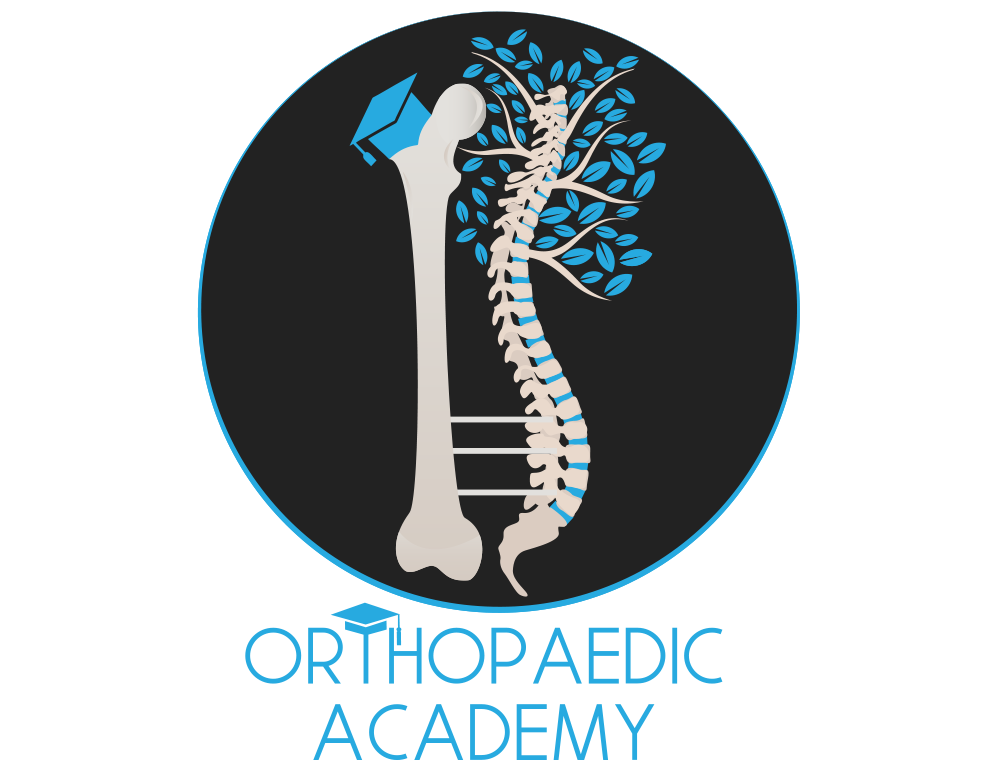Ortho Quiz
OrthoQuiz is your ultimate destination for mastering orthopaedic concepts through engaging and informative multiple-choice questions (MCQs).
Our platform offers a wide range of free MCQs designed to challenge and enhance your knowledge in the field of orthopaedics.
OrthoQuiz provides the perfect opportunity to test your understanding, identify areas for improvement, and stay updated .
Basic Sciences Module
Hand Surgery Module
Foot & Ankle Module
Orthopaedic Trauma Module
Paediatric Orthopaedics Module
Orthopaedic Oncology & Pathology Module
Spinal Surgery Module
Thank you for choosing OrthoQuiz as your trusted resource for orthopaedic MCQs.
Continual practice with OrthoQuiz will keep you sharp and prepared for any challenges you may face in your exams or professional practice.


